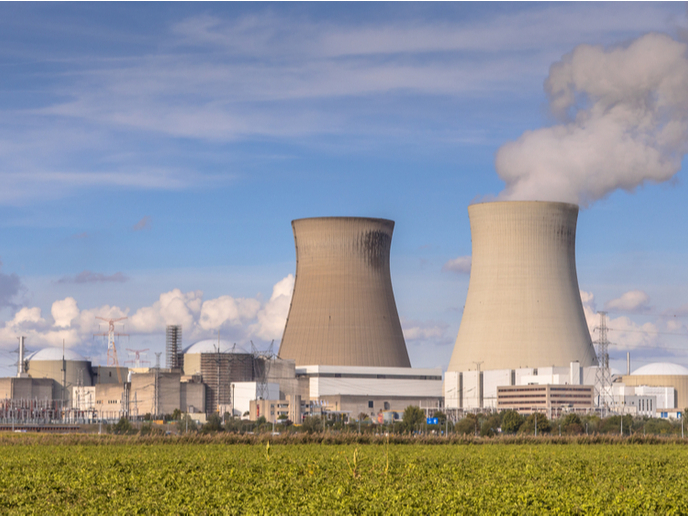New experimental data and a fatigue assessment procedure for nuclear power plants
Safety in nuclear power plants (NPPs) relies on the sound management of in-service components and the innovative design for new ones. Therefore, environmentally assisted fatigue (EAF) procedures are used to demonstrate the safety of NPPs over long-term operation (LTO). The environment of a pressurised water reactor(opens in new window) (PWR) is not especially aggressive towards the stainless steel vessels and piping used. Nonetheless, it is still necessary to show that they are resistant to EAF-induced failure. Gaps in the available data mean there is a degree of uncertainty in current EAF procedures. The EU-funded INCEFA-PLUS(opens in new window) project targeted these knowledge gaps, enabling EAF procedures to address behaviour under conditions closer to normal nuclear power plant operations than is currently possible. Consortium members provided fresh experimental data and guidelines for assessing EAF damage for safe LTO and the development of new, safe and efficient European NPPs. “These advances in fatigue assessment will improve the reliability of fatigue endurance predictions,” states project coordinator Kevin Mottershead.
A standardised approach
Current guidance for determining EAF around the world is published by the United States Nuclear Regulatory Commission NUREG/CR-6909 report(opens in new window). In Europe, various national programmes aim to develop their own proposals, allowing greater operational efficiency with at least comparable safety assurance. INCEFA-PLUS brought these programmes together to obtain improved safety assurance through increased lifetime assessment reliability. Under INCEFA-PLUS, 16 organisations from across Europe tested austenitic stainless steel(opens in new window) alloys employed in NPPs to determine the effects of mean strain, hold time and material roughness on fatigue endurance. The crystalline structure of austenitic steel, an alloy comprising iron, carbon, chromium, nickel and other minor alloys, prevents steels from becoming hardened by heat. The experimental data for austenitic stainless steel were collected for both air and PWR environments and standardised in an online fatigue database. A standardised data format was developed to facilitate the exchange of fatigue data and ensure they were obtained consistently and according to common quality standards. These will form the basis of an extremely high-quality and reliable International Fatigue Database into which all the NUREG/CR-6909 supporting historical data, primarily from Japan and the United States, will be entered.
International collaboration
INCEFA-PLUS also improved the comparability of data from the EU programmes as the partner laboratories conducted tests on a common material under common conditions. The reduced assessment uncertainty will enable easier maintenance of safety in NPPs. The testing protocol could also form the basis of a future ISO standard for fatigue testing in high-temperature water environments. “The anticipated advances in fatigue assessment will, for the material studied by the INCEFA-PLUS, advance the capability for fatigue endurance beyond that currently possible,” comments Mottershead. “This will result in improved reliability of fatigue endurance predictions.” The project will be followed by the INCEFA-SCALE initiative, which promises to develop the best practices and results of INCEFA-PLUS to provide a mechanistic understanding of EAF. This may be used to apply laboratory results more reliably to component scale, resulting in further advanced plant assessment capabilities. “The significant international interest shown will result in close collaboration with initiatives in both the Far East and the United States,” Mottershead concludes.







